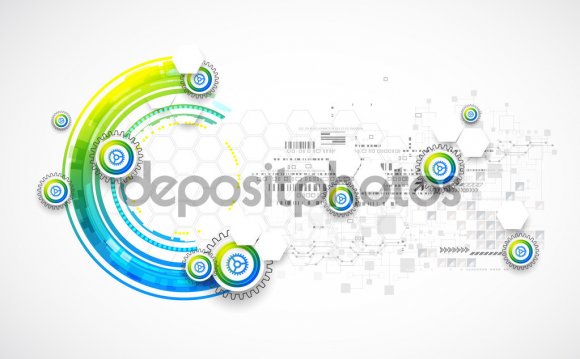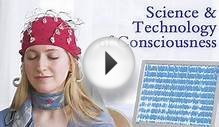
| Science | Technology | |
|---|---|---|
| Motto | Science is knowing. | Technology is doing |
| Mission | The search for and theorizing about cause | The search for and theorizing about new processes. |
| Result Relevance | Making virtually value-free statements | Activities always value-laden |
| Evaluation Methods | Analysis, generalization and creation of theories | Analysis and synthesis of design |
| Goals achieved through | Corresponding Scientific Processes | Key Technological Processes |
| Focus | Focuses on understanding natural phenomena | focuses on understanding the made environment |
| Development Methods | Discovery (controlled by experimentation) | Design, invention, production |
| Most observed quality | Drawing correct conclusions based on good theories and accurate data | Taking good decisions based on incomplete data and approximate models |
| Skills needed to excel | Experimental and logical skills |
Definition of science and technology
from the Latin scientia (knowledge) is a system of acquiring knowledge based on the scientific method, as well as the organized body of knowledge gained through such research. Science as defined here is sometimes termed pure science to differentiate it from applied science, which is the application of scientific research to specific human needs.
is a broad concept that deals with a species' usage and knowledge of tools and crafts, and how it affects a species' ability to control and adapt to its environment. In human society, it is a consequence of science and engineering, although several technological advances predate the two concepts.
Science refers to a system of acquiring knowledge. This system uses observation and experimentation to describe and explain natural phenomena. The term science also refers to the organized body of knowledge people have gained using that system.
Fields of science are commonly classified along two major lines:
These groupings are empirical sciences, which means the knowledge must be based on observable phenomena and capable of being tested for its validity by other researchers working under the same conditions.
Differences in Etymology
The word science comes through the Old French, and is derived from the Latin word scientia for knowledge, which in turn comes from scio - 'I know'. From the Middle Ages to the Enlightenment, science or scientia meant any systematic recorded knowledge. Science therefore had the same sort of very broad meaning that philosophy had at that time. In other languages, including French, Spanish, Portuguese, and Italian, the word corresponding to science also carries this meaning. Today, the primary meaning of "science" is generally limited to empirical study involving use of the scientific method.
Technology is a term with origins in the Greek "technologia", "τεχνολογία" — "techne", "τέχνη" ("craft") and "logia", "λογία" ("saying"). However, a strict definition is elusive; "technology" can refer to material objects of use to humanity, such as machines, hardware or utensils, but can also encompass broader themes, including systems, methods of organization, and techniques. The term can either be applied generally or to specific areas: examples include "construction technology", "medical technology", or "state-of-the-art technology".
Is Technology Related to Science?
Bigelow’s phrase[1] “the practical applications of science” points to the root of much of the current confusion as to the meaning of technology. In using this phrase to describe technology he effectively placed technology beneath the umbrella of science to such an extent that science and technology are now, as Rose described, seen by many as an “indivisible pair” with technology as the subservient and dependant partner. Thus, for much of the time the pair are wrapped together into a single conceptual package known simply as “science”. This point is emphasised when surfing the Internet for technology-related teaching resources. A plethora of lesson plans exist at sites dedicated to science education. The problem is, though, that many of these lessons should properly be termed “technology” but are all too often referred to as "Applied Science".
One source of confusion is the undoubted relationship that exists between science and technology and Sparks pointed out that even though science and technology overlap in an area which might be referred to as “applied science”, there are a number of important differences between the two, even though these differences might not be self-evident to an average member of the general public who, through neglect and through repeated use of the phrase “science and technology” has lost the distinction between “science” and between “technology”. The two cannot be told apart, which is hardly surprising given that, as Mayr put it: “ . . . practical usable criteria for making sharp neat distinctions between science and technology do not exist.”
RELATED VIDEO




 In the broadest sense, science (from the Latin "to know") refers to any systematic methodology which attempts to collect accurate information about reality and to model this in a way which can be used to make reliable, concrete and quantitative predictions about...
In the broadest sense, science (from the Latin "to know") refers to any systematic methodology which attempts to collect accurate information about reality and to model this in a way which can be used to make reliable, concrete and quantitative predictions about...








